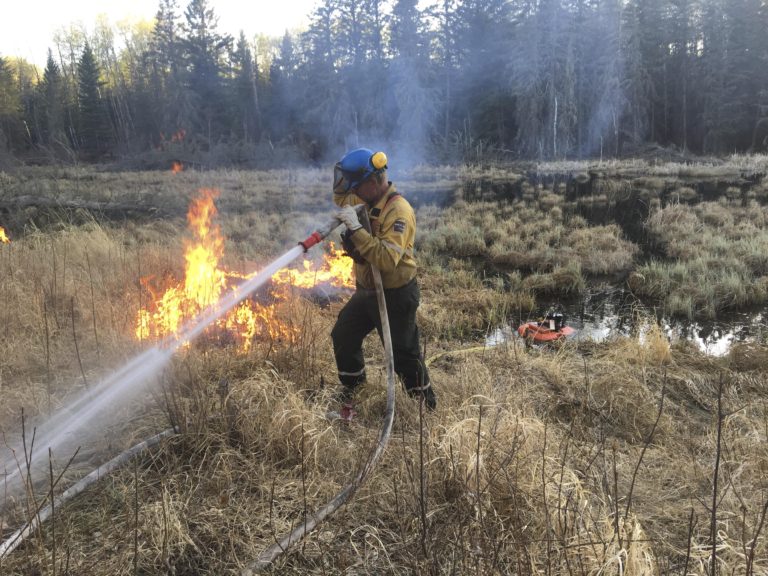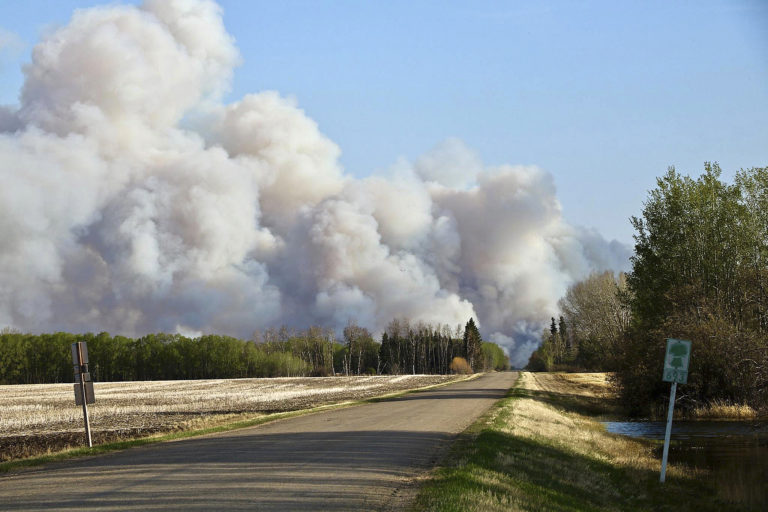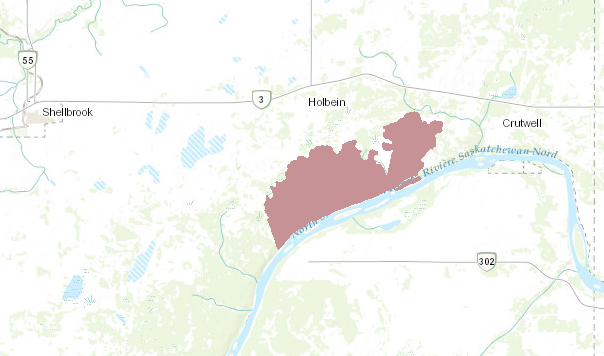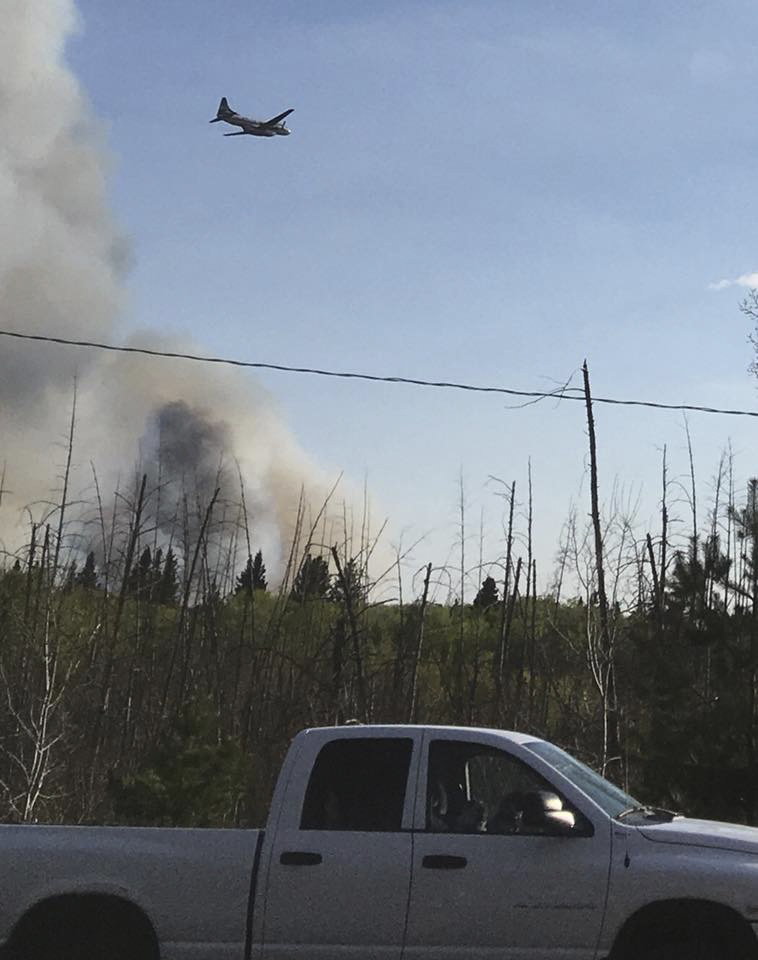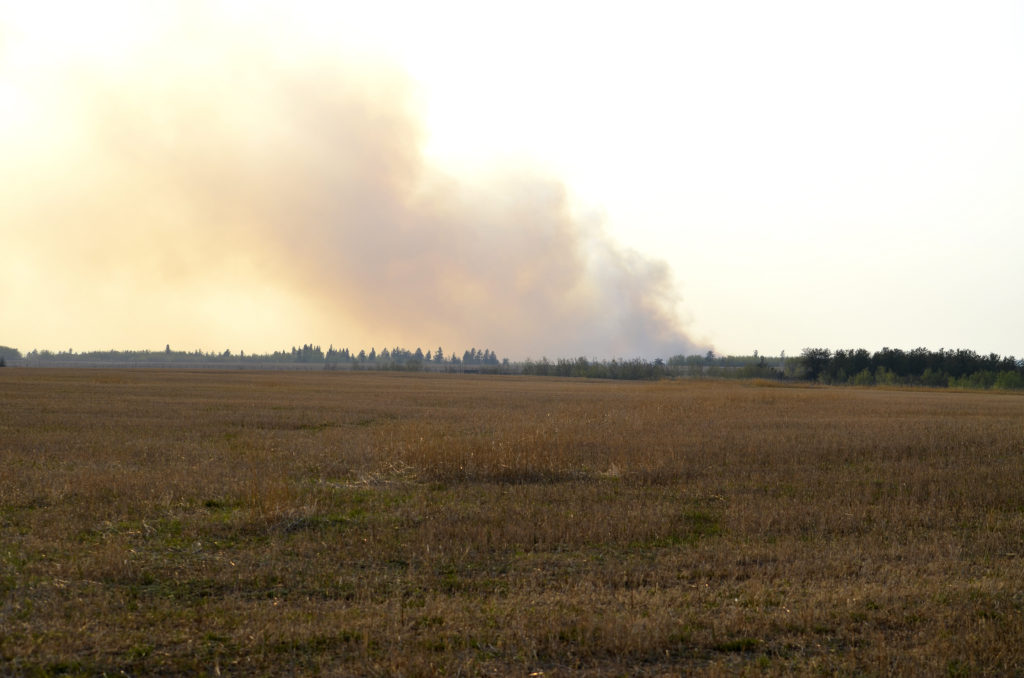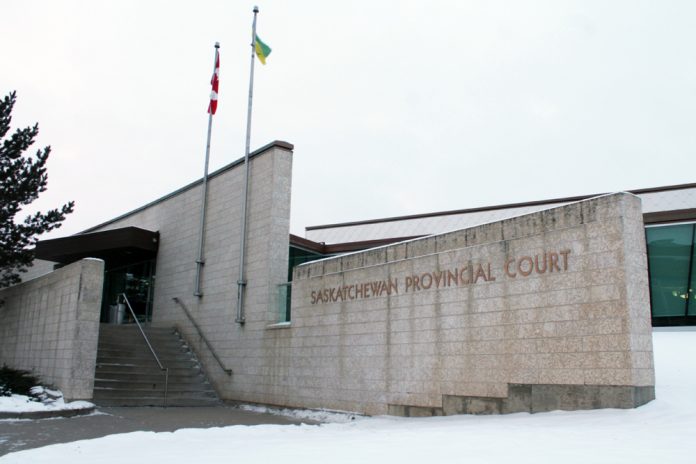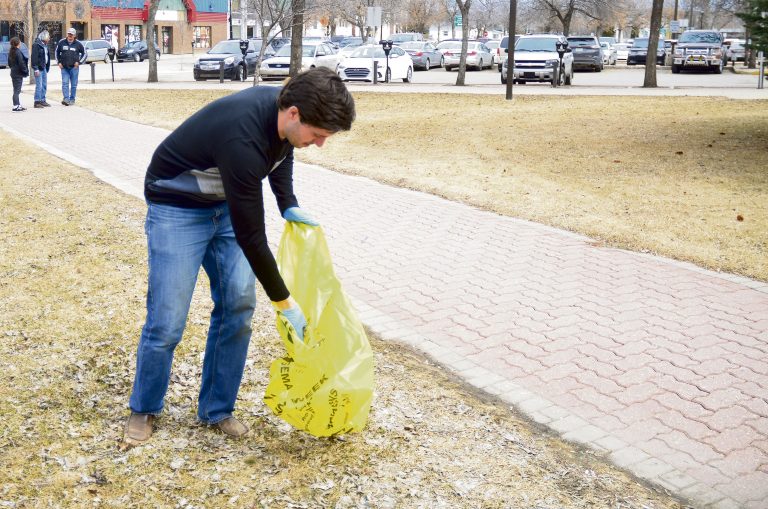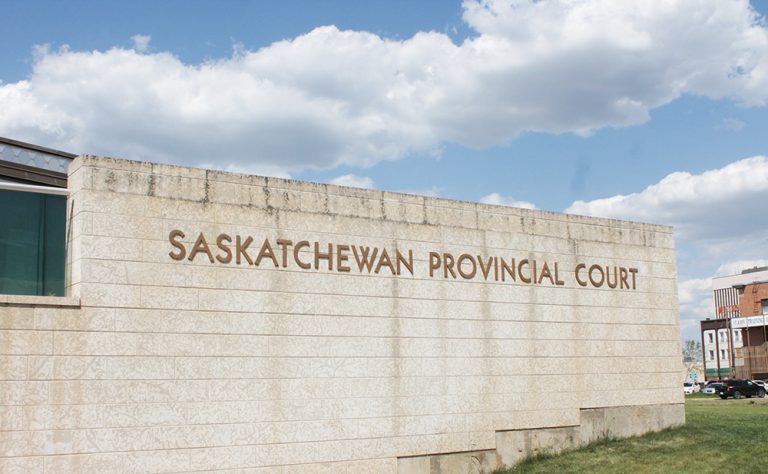A wildfire burning in Prince Albert National Park started as a prescribed burn almost two weeks ago, but officials say there is no longer a risk on the fire’s south side.
Parks Canada provided an update to media about the status of the wildfire, named the Rabbit Fire after its proximity to Rabbit Creek.
During a conference call Thursday, it was confirmed that the fire originally began as a prescribed burn in the southwest corner of the park before the wind took over.
“Going back to May 4, fire management staff began preparations for a prescribed fire,” said park superintendent David Britten.
“We do prescribe fires for ecological reasons to restore rare fescue grasslands in that area, and have done a number of prescribed burns in previous years.”
The fires are conducted to thin the area of aspen stands and return it to its historical state, with open fescue grasslands. Those grasslands will create habitat for the Sturgeon River Plains Bison Herd, one of only a few free-roaming herds in Canada.
At the time, the weather conditions were within the prescribed limits, and crews began preparations for the burn. On May 6, crews were constructing control lines, strips of burned area used to contain a prescribed fire.
“A situation arose where we had un-forecasted high winds, and that caused the fire to spot outside the prescribed fire area,” Britten said.
“We did have a contingency plan in place, so we were able to call in national resources and a national incident management team to support the park in managing this.”
The leader of that incident management team is Dean MacDonald. He said, as of Thursday, the fire is burning an area of about 16,900 hectares. The fire is currently about 30 per cent contained, with containment lines established on the south and southwest perimeter, where the fire is burning along the border with the RMs of Shellbrook and Canwood.
Previously, the fire had jumped the park’s south boundary and started a handful of fires in the two RMs.
“Right now there is minimal to no risk on the south boundary, because we do have established control lines and personnel all along those boundaries, and the winds, temperatures and the fuels are in our favour right now,” MacDonald said.
“When the fire did hit the south boundary with those 60-kilometre winds that came from the north, we did have four spots that came across to the southeast.”
Two spots were put out right away, he said, while two more burnt an area of about 40 hectares outside the park.
On the southwest side, three spots were put out, two were contained and another fire spotted in a stand of spruce trees by the Sturgeon River.
The only things that have been damaged so far, MacDonald said, have been some fence lines. The national park is working with landowners to repair those fences and manage the situation so farmers can get to work in their fields.
Crews on the south side continue to patrol looking for hotspots, using support from helicopters with buckets of water to control that side of the fire.
With the south boundary contained, the focus now shifts to building containment lines on the northeast side of the fire, to prevent it from growing any closer to the Waskesiu town site and the main park infrastructure.
The team has lined up some nice lines that use existing trails, aspen stands and lakes to build a containment line to hold the fire to its current perimeter, according to MacDonald.
Slightly cooler temperatures and a little bit of time have helped the crews get a better handle on the fire.
“Everything was burning,” MacDonald said.
“Aspen was burning. It happens very rarely. Typically, an aspen stand will actually hold off fire. Under these significant wind conditions we’ve had, everything was burning at the same rate.”
Now, those aspen stands have more greenery as leaves have budded and grown. Greenery is also growing along the forest floor, slowing the spread of fire.
“It has given us a lot more opportunity to create a very defendable containment line.”
Right now, the fire is burning about 40 km southwest of Waskesiu. There is very little risk to the town. A total of 125 personnel are working on the fire, including 75 on the fire line and 50 on the incident management team. As firefighters hit the 14-day maximum, reinforcements are coming in from Ontario. Currently, the crew includes personnel from Parks Canada, as well as provincial support from Saskatchewan, Alberta and Ontario.
While the fire is not affecting operations on the main, east side of the park, a portion of Highway 240 where it intersects with Cookson Road remains closed. The west side of the park also remains closed.
A fire ban is in place in the national park.

